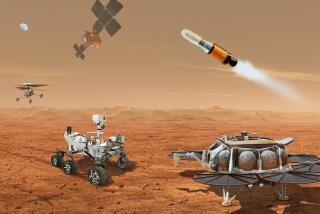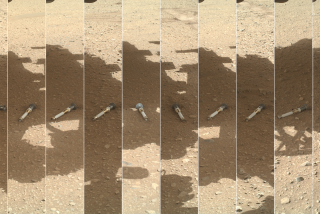Funding the Best of Science
Directors of the nation’s science agencies have been comforted by recent congressional support--from both Republicans and Democrats--for big boosts in the nation’s annual spending on scientific research and development. Only a year ago Congress and the Clinton administration were threatening to slash science funding to trim the federal deficit.
Now Washington can be generous because the national deficit has dwindled. But the increased largess springs mostly from a growing recognition in both political parties that science drives key areas of growth and opportunity in America, from biotechnology and medical imaging to genetically engineered crops and opto-electronics.
Science funding makes special sense given chronic understaffing at important agencies like the National Science Foundation (NSF). But to ensure that the money is well spent, Congress and the administration should ask policy advisors at the National Science Board to find a better way to coordinate the nation’s myriad science agencies, which often conduct inefficient research due to poor communication. Experts in neutron science, for instance, complain about the chaotic way in which they get grants from the National Institutes of Health, tools from the Department of Energy and technology funding from the NSF.
The government should also take care not to slight basic research in favor of programs like biomedicine that are politically popular because they generate highly visible applications like medical drugs. In Washington, the push is on to devote more federal dollars to applied, rather than basic, research. At his November confirmation hearing, for example, President Clinton’s technology advisor, Duncan Moore, promised senators he would “bridge the historic chasm” between basic research and product development.
But while encouraging applied science, the government should retain its historical commitment to basic research as well. Scientific history shows that many of the discoveries we value today came not from inventors chasing profits but rather from scientists stumbling upon practical applications in pursuit of larger understanding. For instance, only after years of government investment in a rarefied discipline--fundamental mathematics theory--did it become clear that results could be used to help Boeing save $100 million in designing its new 777 jetliner.
That’s because basic researchers are free to see things that applied researchers, focusing narrowly on a single goal, do not. The White House and Congress need to see it all, coordinate it well and fund the best of science.






